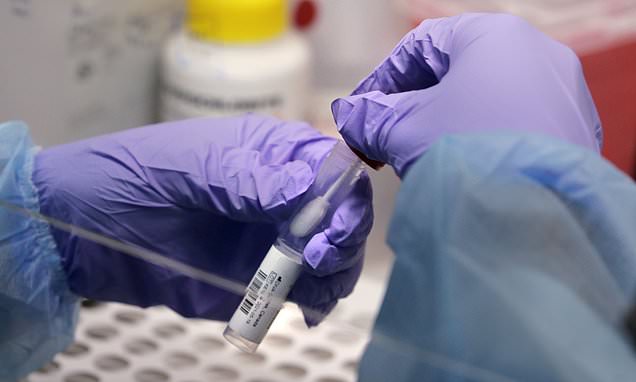One of the mysteries behind Victoria's plan out of one of the most extreme pandemic lockdowns anywhere is: why did the government select a team of highly opinionated non-specialists to advise when normal life would be safe to begin again.
The lead researchers who built the model used for Daniel Andrews' COVID-19 "road map" aren't infectious diseases scientists.
The team does include epidemiologists such as New Zealander Tony Blakely. But his career has spanned computer science, economics, smoking and cancer.
Fellow Melbourne University professor Mark Stevenson is a road safety specialist who works in the Department of Architecture, Building and Planning. Jason Thompson is a psychologist who studies self-driving cars. The one non-Melburnian contributor, the University of New England's medical dean, Rod McClure, is an injury prevention expert. They are experienced in their fields, but infectious diseases like COVID-19 raise unique challenges.
"It's a strange choice to go to inexperienced [infectious disease] modellers," says Catherine Bennett,
the professor of Epidemiology at Deakin Universityand the leader of a national study of staphylococcus infections.
Andrews could have sought help from another part of Melbourne University immersed in the pandemic, the Doherty Institute, which has been modelling infections for the federal government since the beginning of the year.
The institute wasn't asked. "We are always available to assist the Victorian Government," a spokeswoman said.
The government was given the model it asked for.
— Epidemiologist Catherine Bennett
Moreover, the Andrews government knew that Blakely and his colleagues believed the virus could and should be eliminated by confining people at home.
On July 17, the scientists
argued in the
Medical Journal of Australia that COVID-19 could be wiped out in six weeks and the economy then reopened.
"Victoria’s Premier Daniel Andrews (and indeed all state and territory Premiers) should explicitly declare ‘elimination’ as the goal'," they wrote.
Today, elimination is a strategy that no Australian politician admits to pursuing because of policymakers' belief it is futile and inordinately expensive. Victoria's stated approach is "aggressive suppression".
Blakely recently recanted his support for elimination, given NSW's tolerance of infections makes continental-wide eradication challenging.
But on September 4, two days before Andrews' road map statement,
he updated the journal article to argue that elimination would have been possible if the government had followed his advice. It was the scientific equivalent of: "I told you so."
The right answer?
Why then would the Victorian government choose a team critical of its own approach to produce the analysis used to determine when it will be safe for Victorians to return to work and school?
Bennett, a veteran of bureaucratic turf war, has a theory. "The government was given the model it asked for," she says.
Like some other experts, Bennett argues the lockdown-end conditions are too strict. Federal health department secretary Brendan Murphy has urged Victoria "to take a somewhat less conservative approach to their restrictions".
To lift the curfew requires fewer than five new cases a day. Ending restrictions on gatherings and private parties requires no new cases for 28 days in Victoria, no active cases statewide and no outbreaks "of concern" anywhere else in Australia.
The requirements are based on the modellers' predictions that anything less stringent will likely lead to a third wave of infections.
Melbourne University's dean of medicine, dentistry and health sciences, Shitij Kapur, says his colleagues' model doesn't distinguish between infections that come from a known source, and can therefore more easily be contained, or are a mystery.
"You have to square off models with common sense," he says. "No real other city of our size and density of infections has been able to bring it down to less than five – with the exception of Wuhan."
Blakely's model has consequences for the 6.7 million residents of Victoria, where resentment is starting to emerge in scattered protests.
Disappointment with the slow and uncertain emergence from the enforced winter hibernation
triggered violence on Sunday in the usually placid Queen Victoria fruit and vegetable market.
The police force, tasked with enforcing Andrews' strict rules, are experiencing mounting criticism over their tactics and behaviour.
For his part, Blakely says it is ridiculous to suggest he is manipulating the government. "It is important to make clear that we haven't directed policy with our model,"
he wrote last week.
But in a report card
he published on Sunday on Andrews' plan – which he scored eight out of 10 – Blakely asked himself the same question others have. "Is it elimination by stealth?" he wrote. "Yes and no."
Under the plan, he wrote, free life will be permitted when Victoria is "on the cusp of, or actually achieving, elimination of community transmission".
"Although, the hard reality is that the chance of us achieving elimination is remote now."
So if Andrews' plan is to eliminate the virus, and his modeller doesn't believe that's feasible, what's the point of the road map?










